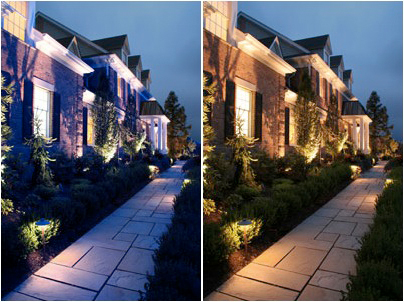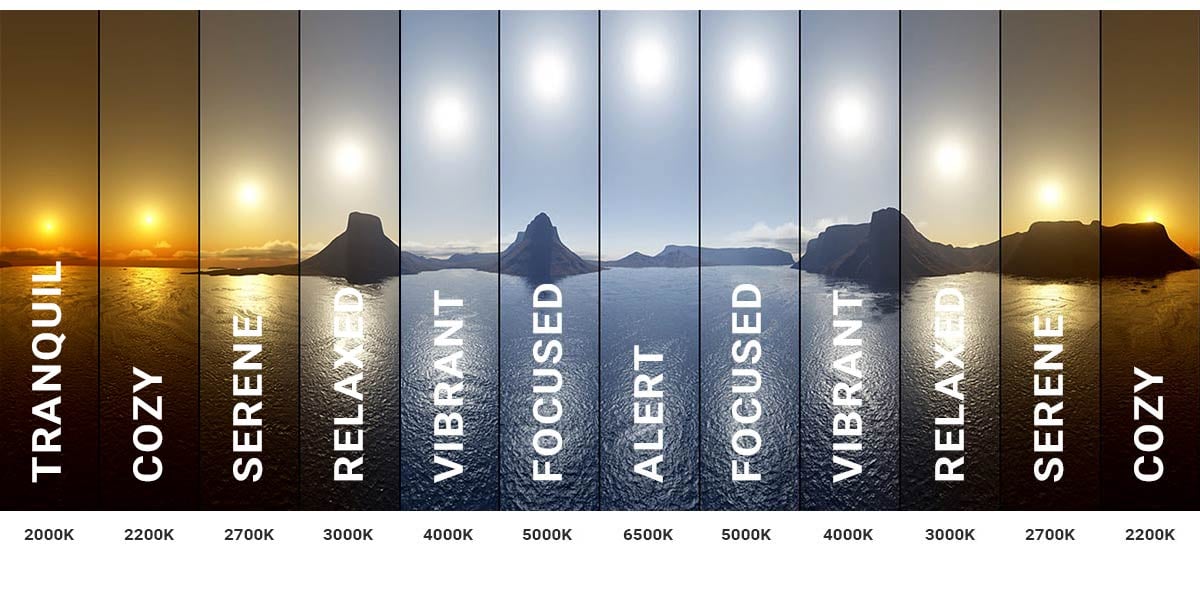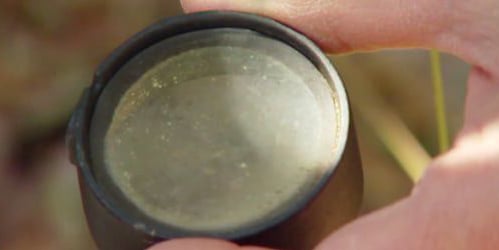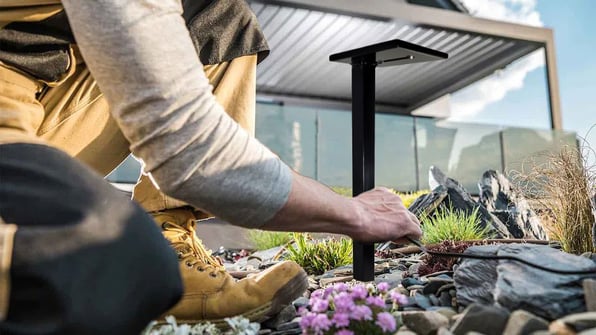
4 min read
Mastering Light Colour and Temperature for Maximum Impact in Landscape Lighting
Posted by The Illuminator
Landscape lighting plays a crucial role in enhancing the beauty and functionality of outdoor spaces. One of the key factors to consider when designing landscape lighting is understanding light colour and temperature. The right choice of light colour and temperature can significantly impact the ambiance, mood, and overall appeal of your outdoor environment. In this article, we will delve into the fascinating world of light colour and temperature in landscape lighting and explore how it can transform your outdoor space.
The Basics of Light Colour and Temperature
Light colour and temperature are intricately linked and are measured on the Kelvin scale. Kelvin (K) is a unit of measurement that quantifies the colour appearance of light. The Kelvin scale ranges from warm to cool tones, with lower Kelvin values representing warmer light and higher Kelvin values indicating cooler light. Understanding the different colour temperatures is essential to create the desired lighting effect in your landscape.
The following image shows the appearance of sunlight throughout periods of the day and the light qualities with the Kelvin scale.

Warm vs. Cool Light: Setting the Mood
Warm Light (2700K-3000K)
Warm light, with a colour temperature ranging from 2700K to 3000K, emits a cozy and inviting glow reminiscent of traditional incandescent bulbs. This light colour is ideal for creating a comfortable and relaxing ambiance in outdoor living areas, such as patios, decks, and seating areas. It adds a touch of warmth and intimacy, making these spaces feel more welcoming and inviting, especially during evening gatherings or romantic evenings under the stars.
Cool Light (4000K-5000K)
On the other end of the spectrum, cool light with a colour temperature ranging from 4000K to 5000K emits a crisp and vibrant glow. This light colour is often associated with daylight and is perfect for illuminating pathways, driveways, and garden features. It provides a clear and bright illumination, enhancing visibility and ensuring safety in outdoor spaces during nighttime. Cool light is also great for showcasing architectural details or highlighting specific landscape elements.
Selecting the Right Light Colour for Different Landscape Features
Now that we understand the impact of warm and cool light, let's explore how to choose the right light colour for different landscape features.
1. Trees and Plants
Understanding light colour and temperature is crucial when illuminating trees and plants. Warm light creates a natural and harmonious effect, enhancing the lush greenery and bringing out the textures and depth of the foliage. On the other hand, cool light can give a more dramatic and contemporary look, especially when used to highlight specific plants or create contrasting effects.
2. Water Features
Water features, such as ponds, fountains, and waterfalls, can be beautifully accentuated with the right light colour. Warm light adds a soft and romantic glow, creating a mesmerizing reflection on the water's surface. Cool light, on the other hand, can produce a more striking and ethereal effect, making the water appear vibrant and captivating.
3. Architectural Structures
When it comes to illuminating architectural structures, the choice of light colour depends on the desired effect. Warm light can make buildings and structures feel more inviting and intimate, while cool light can lend a modern and sophisticated touch. Experimenting with different light colours can help you achieve the desired aesthetic for your outdoor space.
Conclusion
Understanding light colour and temperature is essential when designing landscape lighting. By carefully selecting the right light colour, you can create captivating outdoor spaces that evoke the desired mood and ambience. Whether you prefer a cozy and intimate atmosphere or a vibrant and contemporary look, harnessing the power of light colour can transform your landscape into a mesmerizing haven. So, go ahead and experiment with warm and cool light to discover the endless possibilities that light colour and temperature offer.
Frequently Asked Questions (FAQs)
1. What is the ideal light colour for a cozy outdoor dining area?
For a cozy outdoor dining area, warm light in the range of 2700K to 3000K is ideal. It creates a warm and intimate ambience, making the space inviting for dining and relaxation.
2. Can I mix warm and cool light in my landscape lighting design?
Yes, you can mix warm and cool light to create a dynamic and layered lighting design. For example, you can use warm light for seating areas and cool light for pathways and garden features, striking a balance between functionality and aesthetics.
3. How can I create a focal point using light colour in my landscape?
To create a focal point, consider using a contrasting light colour. For instance, if you have a vibrant green tree, using warm light around it can make it stand out and draw attention to its beauty.
4. Does light colour affect the energy efficiency of landscape lighting?
No, light colour does not directly impact the energy efficiency of landscape lighting. The energy efficiency is primarily determined by the type of light source used, such as LED or halogen, and the wattage of the bulbs.
5. Can I change the light colour of my landscape lighting over time?
Yes, many modern landscape lighting systems offer the flexibility to change the light colour. This allows you to adapt the lighting to different occasions or seasons, providing versatility and variety in your outdoor lighting scheme.
6. What are the benefits of hiring a professional for landscape lighting design?
A professional landscape lighting designer has the expertise and experience to create a customized lighting design tailored to your specific outdoor space. They can help you choose the right light colours, fixtures, and placement to achieve the desired effect while ensuring optimal functionality and energy efficiency.



